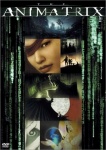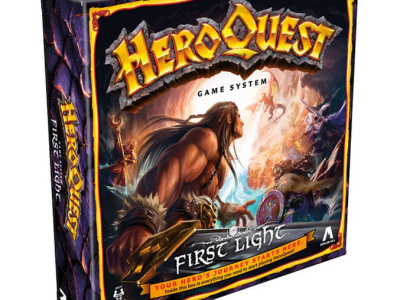
Critics will surely point out that the nine segments of the Animatrix are uneven in style, tone, and relevance to the Matrix mythos, but it is hard to deny that watching this 90-minute, nine-part anthology provides viewers with new insights into the Matrix films as well as plenty of sheer entertainment. More importantly, given the enormous popularity of The Matrix Reloaded (which broke Spider-Man's record for first week box office), the Animatrix should expose lots of moviegoers to brilliance and skill of the Japanese filmmakers involved in the project. In addition to the nine short films themselves, the Animatrix has loads of extra DVD features including 'Scrolls to Screen,' a perceptive documentary essay that should serve as an excellent introduction to the history and culture of anime for many views, plus seven 'making-of' featurettes that will allow viewers a much better understanding of the directors of these films and how they work. Both the films and the features should help expand the audience for anime, when the Animatrix DVD (srp $24.98) appears in stores on June 3.
The first film on the disk is the most stylistically distinct. Final Flight of the Osiris was directed by Andy Jones and produced by the same international team that created the failed feature Final Fantasy: The Spirits Within. Final Flight with its trompe l'oeil, hyper-realistic computer animation serves as the perfect lead-in to The Matrix Reloaded. The segment's realism can be distracting, but judged on its own terms, it is a lot easier to take than it was in Final Fantasy simply because the narrative is so much better, and it almost makes you nostalgic for the hyper-real animated films that won't be made (at least for a while) because of the closing of the Square Soft studio (due the failure of Final Fantasy: The Spirits Within).
The two Second Renaissance films are totally different from the other segments because they are 'documentaries' and don't involve any particular protagonists. Written by the Wachowski's and brilliantly directed by Mahiro Maeda (Blue Submarine #6) these two films provide an impressive overview of the history of the Matrix and mankind's war with the machines. One of the elements that should prove to be eye opening for some viewers is the way in which anime deals with 'adult' (in the sense of mature, not prurient) themes. The ruthless battles and extensive carnage depicted in these segments goes far beyond the normal levels of screen science fiction -- this is definitely not for the faint of heart.
Kid's Story, directed by Shinichiro Watanabe (Cowboy Bebop), not only sets up an important character in subsequent Matrix films, it is a perfectly realized narrative in its own right. The dreary high school environment is pitch perfect and the frenetic, kinetic chase scenes make excellent use of rough sketches and techniques that come directly from the essence of animation -- the drawing. Watanabe's second segment, A Detective Story, is a stylistically rich evocation of film noir that lacks only the narrative punch of the best of the Animatrix episodes.
Two of the best segments are Program, written and directed by Yoshiaki Kawajiri (Ninja Scroll) and Beyond, written and directed by Koji Morimoto. Program takes place (mostly) in a simulated world of a Samurai training program, while Beyond features youthful characters in a story that takes on added relevance because of its relationship to the Matrix. Both of these films (and World Record, directed by Takeshi Koike) provide additional insights into the universe of the Matrix, rather than serving specific narrative functions like the segments written by the Wachowski brothers.







